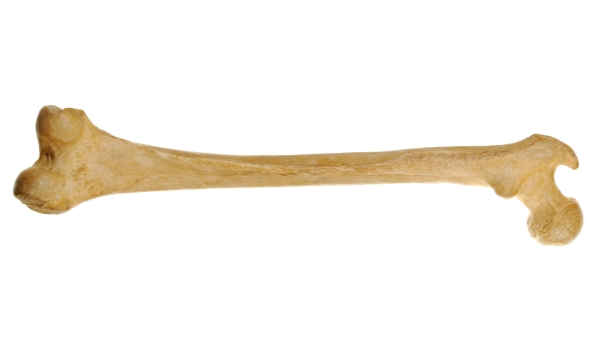The Long Bone

The long bones in our body are hard and dense that are found in our arms and legs mainly. Think femora, tibiae or fibulae in your legs and humeri, radii, and ulnae of the arms.
What's The Function Of Long Bones?
Our long bones are hard, dense bones that provide strength, structure, and mobility, typically found in the upper and lower extremities (arms and legs).
The femur (thigh bone) is a good example of a long bone as it allows us to walk and supports our skeleton.
Understanding the function of the skeleton not only for support, but in terms of how your muscles, ligaments and tendons all work together is just one area that you learn when you undertake a good personal training courses - follow the link to find out more.
The Structure of Long Bones
Long bones consisting of a tubular shaft (a diaphysis) and two extremities, (epiphyses), which are usually wider than the shaft.
The shaft is composed of compact bone surrounding a central medullary cavity.
Key Role In Bone Marrow Production
In addition to their structural role, these bones also play a crucial role in the production of bone marrow they contain both yellow bone marrow and red bone marrow, vital for the production of blood cells.
These bones also work as levers, allowing our muscles to work to their maximum potential, and thus allowing for rapid movement, and the application of strength for example, lifting heavy objects.
They Can Work As Levers Too.
The main examples of this are the humerus, tibia, femur, and ulna, but there are also bones of this type in the fingers (metacarpals). Although they are short in length, their shape allows them to be classified in this way.




